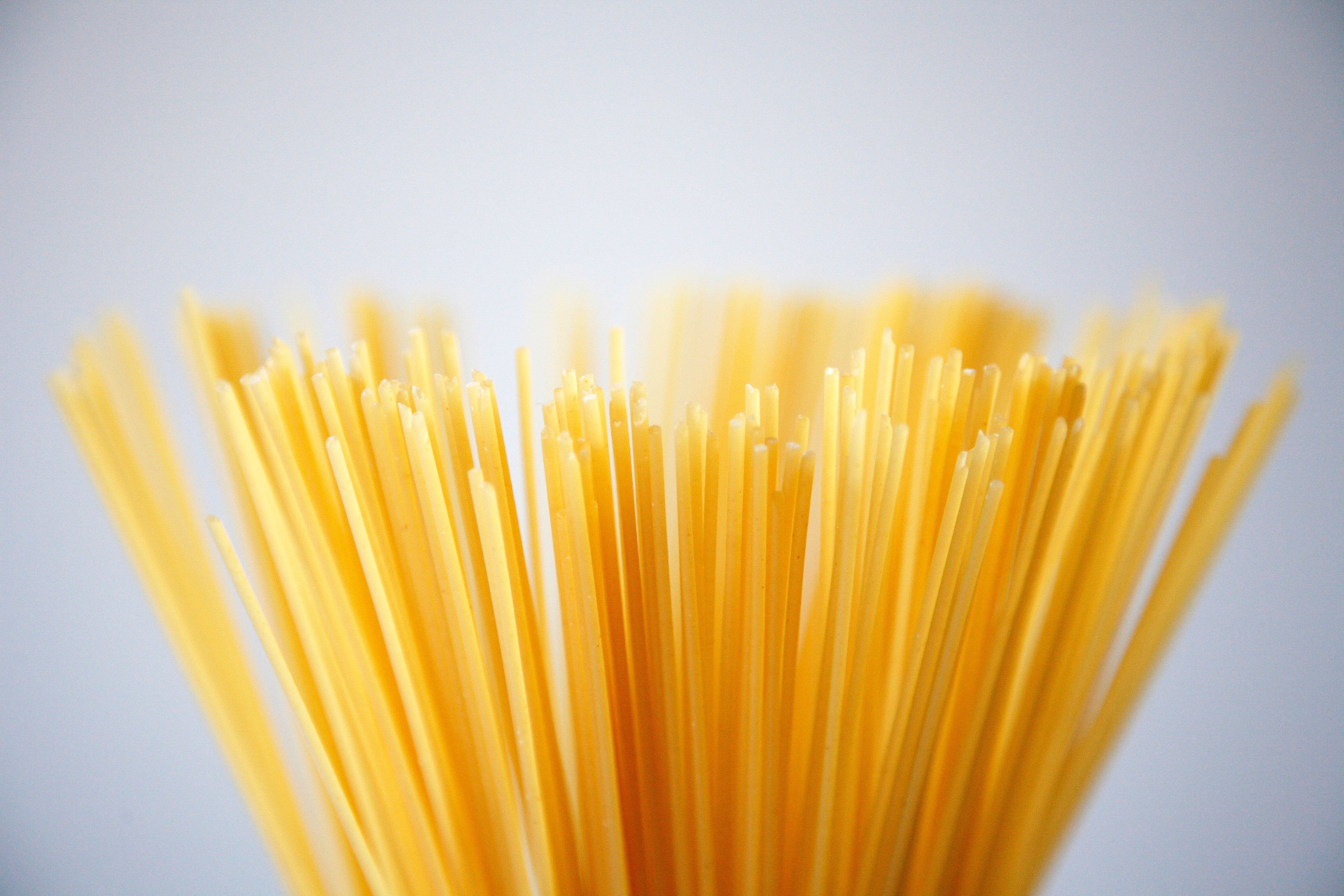Tendinopathy is a painful condition that affects the tendons , the fibrous structures that connect muscles to bones. It is a common condition that can affect many parts of the body, such as the shoulders, elbows, wrists, and knees.
In this article, we will explore in detail the causes, symptoms, diagnosis, treatment, and prevention strategies of tendinopathy. We will understand what causes this condition, the signs and symptoms to look for, how it is diagnosed, and what treatment options are available. Additionally, we will examine the importance of proper prevention to avoid tendinopathy in the first place.
For a correct and effective prevention you could request a DNA Sport test and see what your predispositions are.
If you are experiencing pain or discomfort in your tendons, or if you are interested in learning more about tendinopathy, read on.
Understanding Tendinopathy: Definition and Causes
Tendinopathy is a condition involving tendons, the fibrous structures that connect muscles to bones. It is characterized by pain, inflammation, and dysfunction of the affected tendons. This condition can be caused by several factors, including:
-
Tendon Overuse: Overuse or repetitive strain on tendons can cause microtrauma that leads to tendinopathy. High-intensity sports, repetitive motions in the workplace, and heavy lifting are just a few examples of activities that can overload tendons.
-
Aging: As we age, tendons tend to lose elasticity and strength, becoming more susceptible to damage. This aging process can contribute to the development of tendinopathy.
-
Poor posture and biomechanics: Poor posture or altered biomechanics during movement can place increased pressure on the tendons, increasing the risk of developing tendinopathy.
-
Trauma or Injury: Direct injuries to the tendons, such as strains or sprains, can cause damage to the tendon tissue and lead to tendinopathy.
-
Genetic factors: Some individuals may be genetically predisposed to develop tendinopathy due to structural defects in the tendons.
-
Other medical conditions: Certain diseases, such as rheumatoid arthritis or gout, can increase your risk of developing tendinopathy.
It is important to note that tendinopathy can affect people of all ages and activity levels.
Symptoms and Signs of Tendinopathy
Tendinopathy can manifest itself with a number of characteristic symptoms and signs . It is important to be aware of these signs in order to recognize the condition and seek appropriate treatment. Listed below are the common symptoms associated with tendinopathy:
-
Pain: Pain is one of the main symptoms of tendinopathy. It can range from mild to severe and may be described as a dull, shooting, or burning ache. It is usually localized to the affected tendon area and may worsen during or after physical activity.
-
Swelling and Inflammation: In more severe cases, tendinopathy can cause swelling and inflammation around the affected tendon. This can make the area sensitive to touch and may be accompanied by redness of the skin.
-
Limitation of movement: Tendinopathy can cause a reduction in flexibility and range of motion in the affected joint. This can make it difficult or painful to perform certain activities or specific movements.
-
Muscle weakness: Due to tendon dysfunction, there may be a loss of muscle strength in the affected area. This may affect sports performance or daily activities.
-
Crackling: In some cases, tendinopathy may cause a crackling or popping sound during movement of the affected joint. This may be due to damage or adhesions in the tendon tissues.
It is important to note that the symptoms and signs of tendinopathy can vary depending on the severity and the area of the body involved.
If you want to know if you have a physical predisposition to tendinopathy, do a Sports DNA Test It may be the best and least invasive solution for you.
Treatment of Tendinopathy
Treatment of tendinopathy is aimed at reducing pain , improving function, and promoting healing of damaged tendons. There are several treatment options available, depending on the severity of the condition and the area of the body involved. Some of the more common treatment options for tendinopathy include:
1. Non-surgical treatment options
-
Rest and Reduced Activity: It is important to reduce or avoid activities that cause pain or excessive stress on the tendons. Rest can give the tendons time to heal and reduce inflammation.
-
Ice Application: Applying ice packs to the affected area can help reduce inflammation and pain. It is recommended to apply ice for 15-20 minutes, several times a day.
-
Physical Therapy: Physical therapy can be an important component of tendinopathy treatment. Specific exercises, stretching, and muscle strengthening techniques can help improve flexibility, strength, and stability in the affected area.
-
Manual Therapy: Manual therapy, such as massage or joint mobilization, can be used to relieve muscle tension and improve circulation in the tendon area.
-
Drug Therapy : In some cases, nonsteroidal anti-inflammatory drugs (NSAIDs) or analgesics may be prescribed to reduce the pain and inflammation associated with tendinopathy. It is important to consult a doctor before taking any medications.
2. Surgery for tendinopathy
- If conservative treatment does not produce satisfactory results, surgery may need to be considered. Surgery may be recommended to repair or remove any tears or adhesions in the tendons. It is important to discuss the risks and benefits of surgery with your doctor.
3. Post-operative rehabilitation and physiotherapy
- After surgery, rehabilitation and physical therapy are essential to regain strength and function in the operated area . The physical therapist will work closely with the patient to develop a personalized exercise and therapy program.
It is important to note that treating tendinopathy can take time and patience.
If you want to know if you have a physical predisposition to tendinopathy, taking a Sport DNA test may be the best and least invasive solution for you.




Leave a comment
This site is protected by hCaptcha and the hCaptcha Privacy Policy and Terms of Service apply.